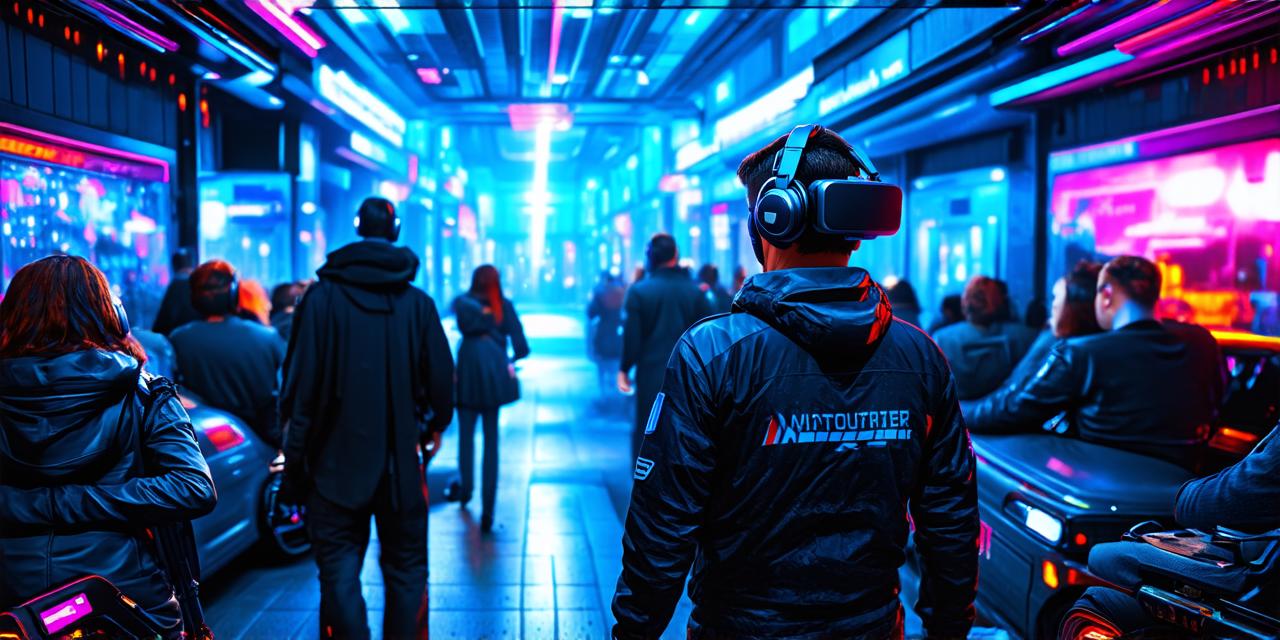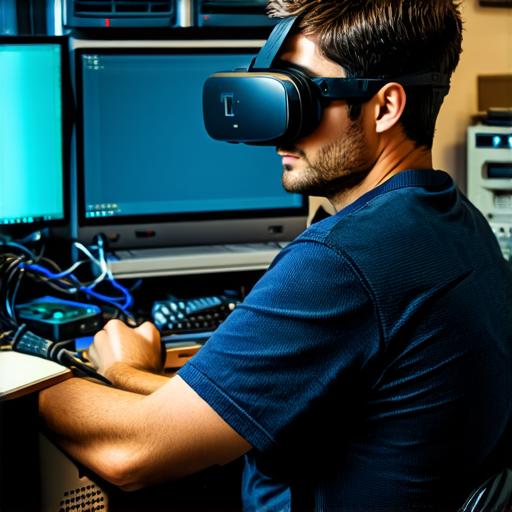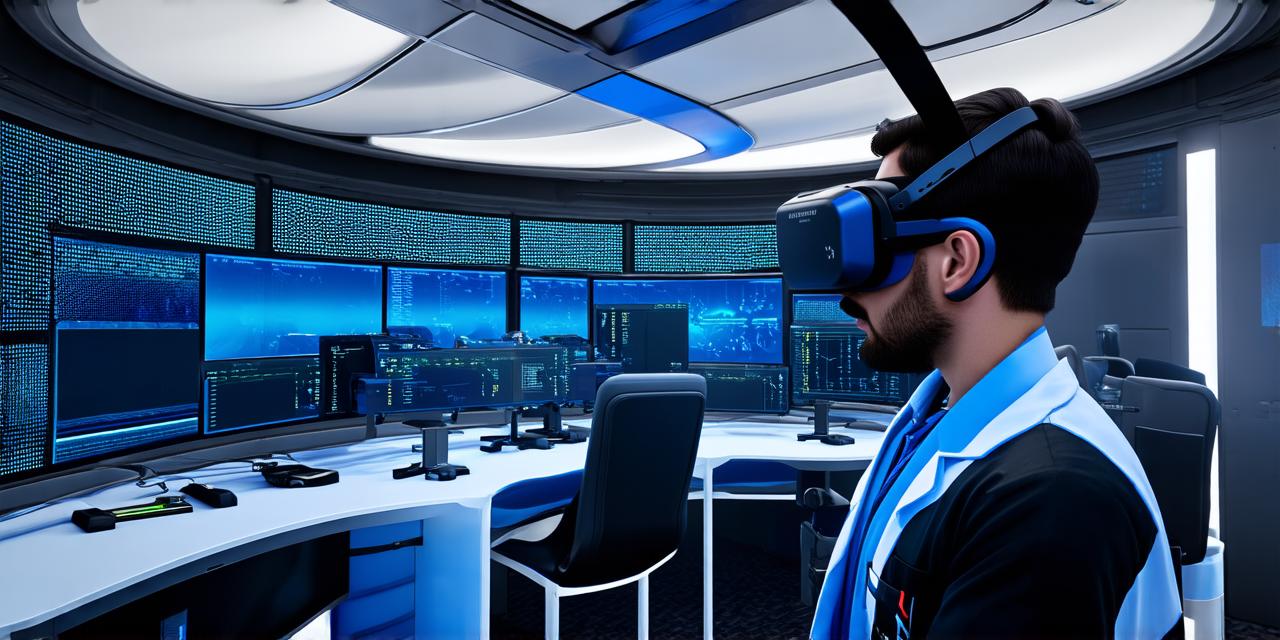
What was the original purpose of VR?
Virtual Reality (VR) technology has come a long way since its inception. The original purpose of VR was to create a simulated environment that could be experienced in a similar way to the real world. In this article, we will explore the early days of VR and the motivations behind its creation.
Table of Contents
ToggleEarly Beginnings of VR
The origins of VR can be traced back to the 1960s when computer scientists began experimenting with ways to create immersive environments for users. One of the earliest examples of VR was the “Sword of Damocles,” a device created by Ivan Sutherland in 1968.
This device consisted of a head-mounted display and a series of wires that connected it to a computer. Users could look around and see a virtual world projected onto the screen, giving them the illusion of being in that world.
Another early pioneer of VR was Jaron Lanier, who created the first VR system called “The Aspen MovieMap” in 1973. This system used stereoscopic displays and a head-mounted display to create an immersive experience for users.
Motivations Behind VR

The motivations behind the creation of VR were varied, but there were three main factors that drove its development. These were:
- Simulation: The desire to create a simulated environment that could be experienced in a similar way to the real world.
- Training: The need for a safe and controlled environment to train individuals in various skills, such as military tactics or medical procedures.
- Entertainment: The potential for VR to provide an immersive and engaging form of entertainment for users.
These motivations led to the development of a range of early VR systems, each with its own unique focus and application.
Conclusion
The original purpose of VR was to create a simulated environment that could be experienced in a similar way to the real world. This goal has been achieved through the development of a range of VR systems, each with its own unique focus and application. The motivations behind VR were varied, but the desire for simulation, training, and entertainment have all played a significant role in its development and evolution.
Today, VR continues to be a rapidly growing field with exciting new applications and possibilities on the horizon.

